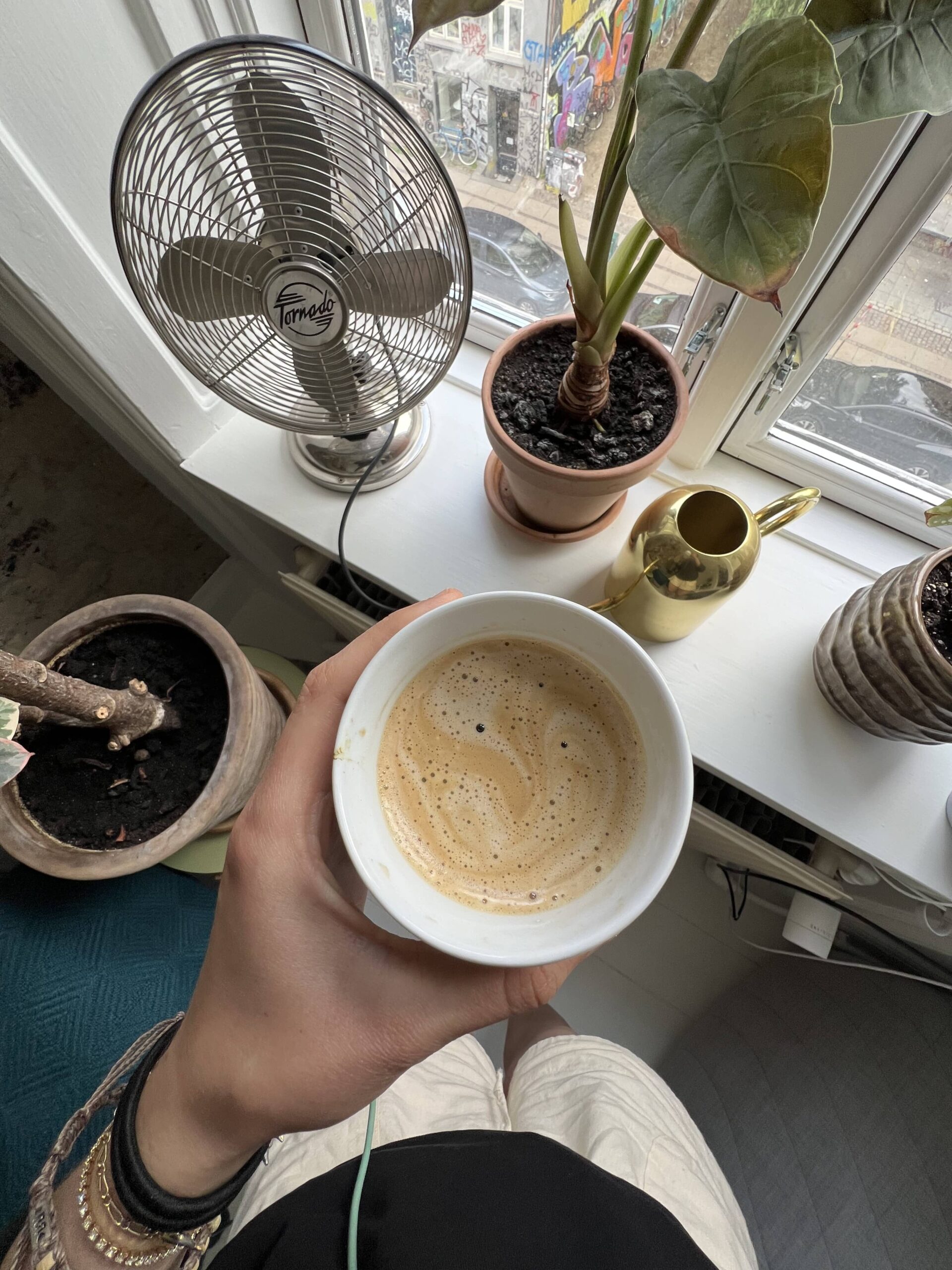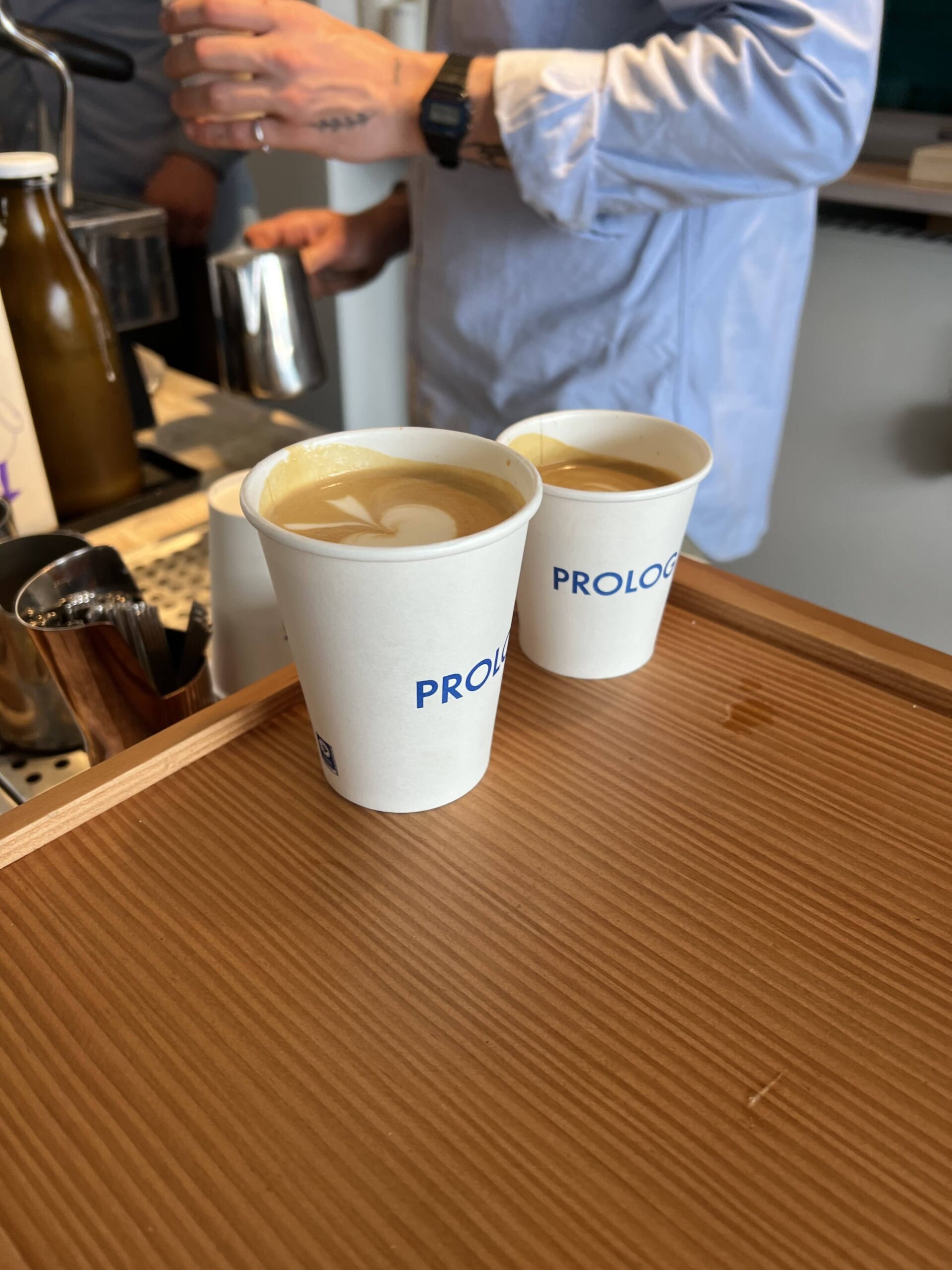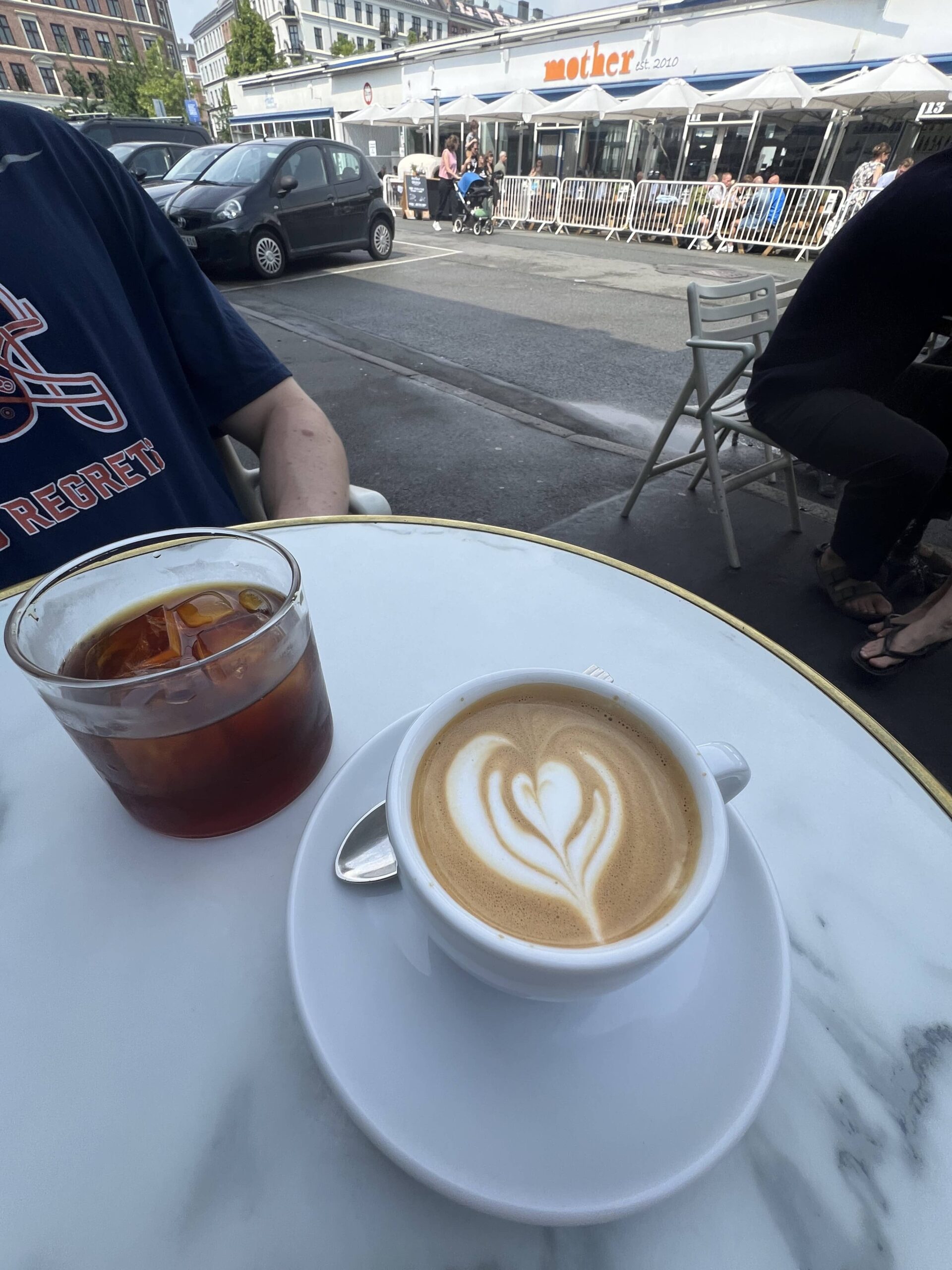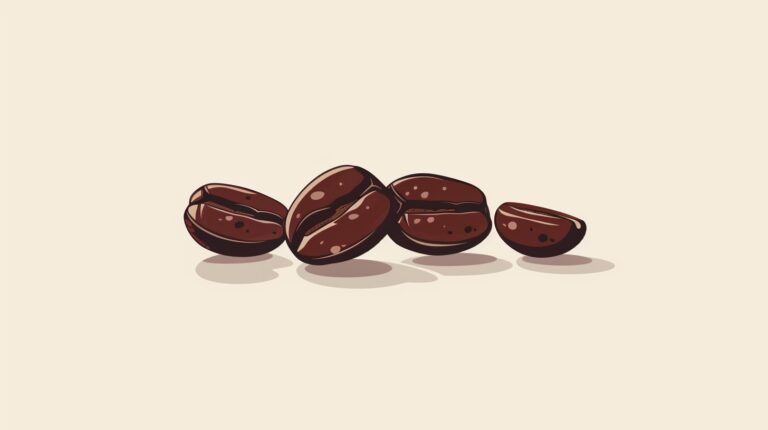A Guide to Coffee Roasting
Deciding between light, medium, and dark roast coffee isn’t just about color.
It affects how the coffee tastes, the best way to brew it, the temperature for brewing, how much caffeine it has, making crema in espresso, and more.
In this article, we’ll look at the differences between these roasts, suggest the best brewing methods for each, and help you pick the roast that fits your taste best.
What the Heck is a Roasting Type?

This guide was created by I Love Coffee
What is Light Roast Coffee?
Light roast coffee is lighter in color and taste compared to darker roasts. When coffee beans are roasted, they’re heated to bring out different flavors. Light roast coffee is roasted for a shorter time at lower temperatures. This keeps the color light brown and preserves more of the bean’s natural flavors.
It usually tastes softer and more subtle than darker roasts. You might notice flowery, fruity, or tea-like flavors in light roast coffee. It might also have more caffeine. Light roasting lets the natural flavors and smells of the coffee beans stand out. That’s why people who like to taste the unique qualities of where the coffee comes from often choose light roast coffee.
What is Dark Roast Coffee?


Dark roast coffee means the beans were roasted longer, maybe just 1-2 minutes more. This makes the coffee darker and taste stronger. Dark roast coffee usually tastes more bitter and less acidic.
The beans might look shiny and oily because the sugars in them turn into caramel during roasting. Dark roast coffee can have flavors like smoky, chocolatey, or nutty. You might see it called ‘French Roast’ or ‘Italian Roast’.
The Taste Difference Between Roasts
Have you seen the Coffee Taster’s Flavor Wheel? It’s a tool for coffee makers to describe their coffees. We’ll use it to talk about how light and dark roast coffees are different.
We’ll explain the differences in taste, smell, and thickness.
But first, let’s quickly define these terms:
Aroma is how coffee smells. There are lots of different smells in coffee, from light and fruity to burnt. Fresh coffee smells stronger than old coffee, and the smell gets stronger as the coffee gets darker.
Flavor is what makes coffee taste like coffee. It’s a mix of taste and smell. When we talk about flavor, we should think about how strong, good, and interesting the taste and smell are together.
Body is how coffee feels in your mouth. Thick coffee is usually liked more, but even thin coffee can be good.
| Taste Descriptors | Light Roast | Dark Roast |
| Aroma | Floral, fruity, sweet | Roasty, smoky, burnt |
| Flavor | Florals, berries, citrus, sour | Nutty, cocoa, cooked fruit, caramelized |
| Body | Light, thin | Bold, heavy, thick |
Lightly roasted coffee tastes bright, clean, and a bit sour, sometimes like tea. Depending on how it’s processed, different flavors stand out. Naturally processed ones are more sour and sweet, while washed ones are flowery and clean-tasting.
Darker roasted coffee is stronger, with caramelized and smoky flavors from longer roasting. It’s good with milk because its boldness cuts through the fat, letting you taste the coffee better.
Best Brewing Methods for Different Roasts


Light Roasted Coffee
For top-notch light roasted coffee, use a pour-over method with tools like a v60 or Fellow’s Stagg brewer. This allows you to control time, temperature, and water-to-coffee ratio, enhancing flavors. Pour-overs bring out the best in light roasts, perfect for enjoying black.
Light roasted coffee as espresso is also delicious, with its bright, sour, and sweet notes. Adding milk is an option, but keep the ratio low (1:1 coffee to milk) to preserve the coffee’s flavor.
Dark Roasted Coffee
For great-tasting dark roasted coffee, focus on grinding and brewing temperature. Use a coarser grind to avoid bitterness. Follow the roaster’s serving suggestions, like using an espresso machine or filter, for the best flavor.
Start with pour-over brewing to enjoy all the flavors fully, then try other methods. For a stronger taste, use a ratio of 1 part coffee to 12-14 parts water in pour-over. Dark roasted coffee pairs well with milk, so consider a medium to dark roast if you enjoy milk in your coffee.
Brewing Temperatures for Different Roasts
Lighter roasts are best brewed at or close to boiling, while darker roasts should be brewed at cooler temperatures to avoid bitterness and highlight sweetness. Experiment with different temperatures using the same grind size to find the best taste, clarity, and aroma for your coffee.
| Roast Type | Optimal Brewing Temperature (Fahrenheit) | Optimal Brewing Temperature (Celsius) |
| Light Roast | 199 – 205 | 93 – 96 |
| Medium Roast | 194 – 200 | 90 – 93 |
| Dark Roast | 188 – 194 | 87 – 90 |
Caffeine in Different Roasts


When we need a quick energy boost, many of us turn to coffee because caffeine wakes up our brains. But do light and dark roasts have different amounts of caffeine?
Some people think darker beans have more caffeine, while others believe roasting burns it off, making light roasts stronger.
Actually, dark roasts have slightly less caffeine after roasting. However, studies show the difference is small. When coffee is measured by weight, not volume, both roasts have similar caffeine levels.
Measuring by weight is more accurate because dark roast beans puff up with air when heated. One study found light roast coffee had about 60 mg of caffeine per serving, while dark roast had 51 mg. But this can vary between batches.
On average, a cup of coffee has about 100 mg of caffeine. The roast type, bean type, and brewing method can change this, but not by much.
Which Roast is Healthiest?
Drinking a few cups of coffee a day may protect against Alzheimer’s and help with type 2 diabetes. Watch out for adding too much cream and sugar, though, as it can cancel out the good stuff.
Coffee has healthy stuff like chlorogenic acid polyphenols, which could help with weight loss. Light roast coffee might have more of these because they lose fewer plant chemicals during roasting. Dark roast coffee, on the other hand, may have less of a chemical called acrylamide, which is linked to cancer risk.
In the end, both light and dark roast coffees have their perks, but more research is needed to understand their full effects.
Final Thoughts
The difference between light and dark roast coffee comes from how long and how hot the beans are roasted.
Light roast beans are roasted at lower temperatures for a shorter time than dark roast beans.
Both types have lots of caffeine, good nutrients, and tasty flavors.
Which one you like better depends on what you prefer.
To learn more about coffee, take a look at the articles listed below! They’re packed with helpful information
FAQ
Which roast level is healthier: light or dark?
Both light roast and dark roast coffee offer similar health benefits, such as antioxidants and potential protective effects against certain diseases. The choice between the two comes down to personal preference rather than health considerations.
Can you use light roast and dark roast coffee interchangeably in recipes?
While you can technically use light roast and dark roast coffee interchangeably in recipes, keep in mind that their flavor profiles are quite different. Light roast coffee may impart a brighter, more acidic flavor to dishes, while dark roast coffee can add a deeper, more intense flavor.
Is there a significant difference in cost between light roast and dark roast coffee?
The cost difference between light roast and dark roast coffee is often minimal and can vary depending on factors such as bean quality, origin, and brand. In general, specialty coffees and single-origin beans may command a higher price regardless of roast level.
Can light roast and dark roast coffees be blended together?
Yes, light roast and dark roast coffees can be blended together to create unique flavor profiles. Blending light and dark roast beans allows for a balance of acidity, brightness, and richness, resulting in a well-rounded cup of coffee.
Do light roast and dark roast coffees have different storage requirements?
Both light roast and dark roast coffees should be stored in a cool, dry place away from direct sunlight and moisture to maintain their freshness. However, since light roast coffee retains more of its natural flavors and aromas, it may be more sensitive to external factors and require more careful storage.
